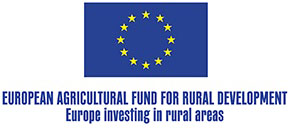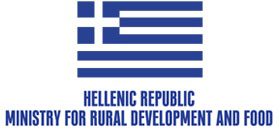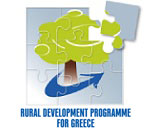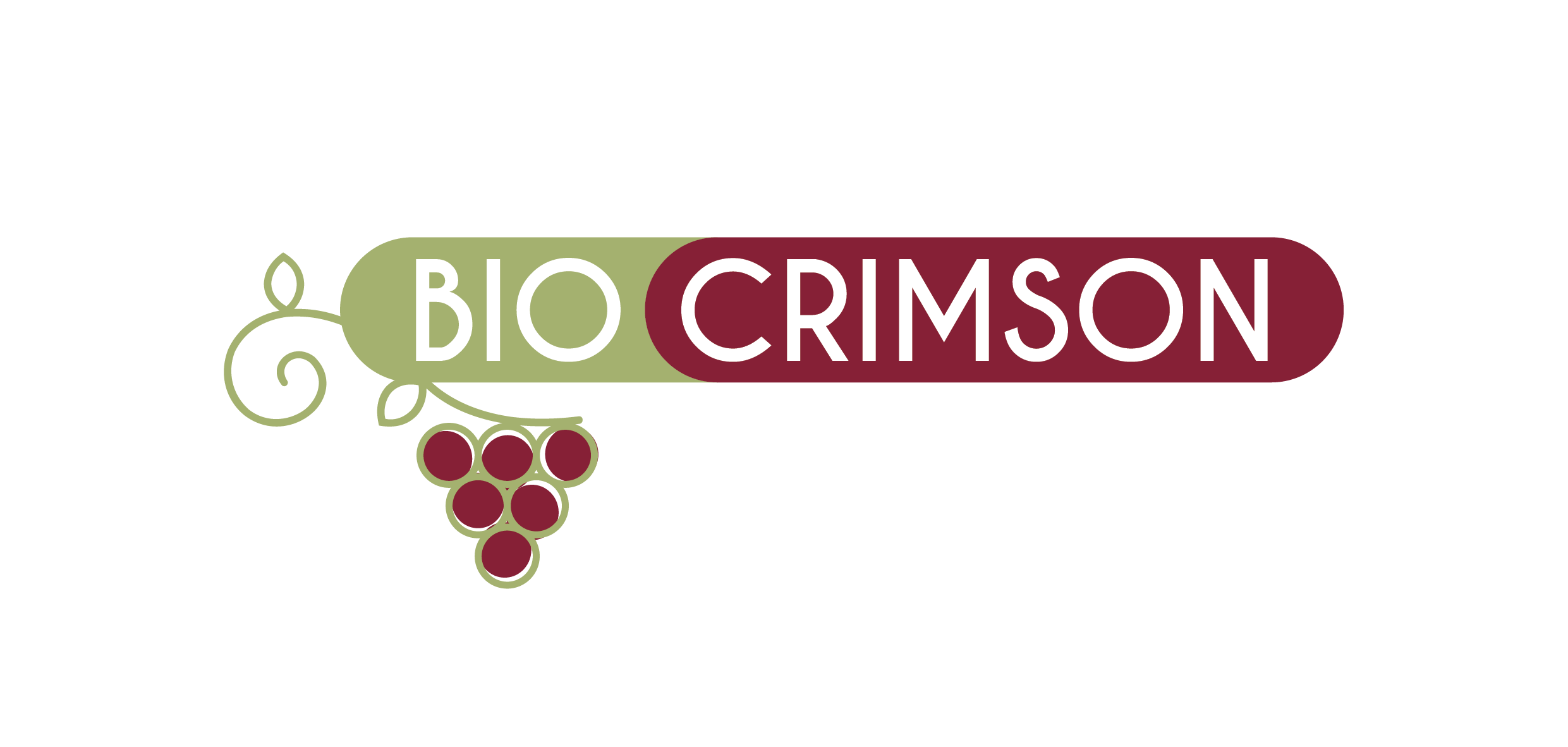With proper guidance, biostimulants can give producers freedom to act
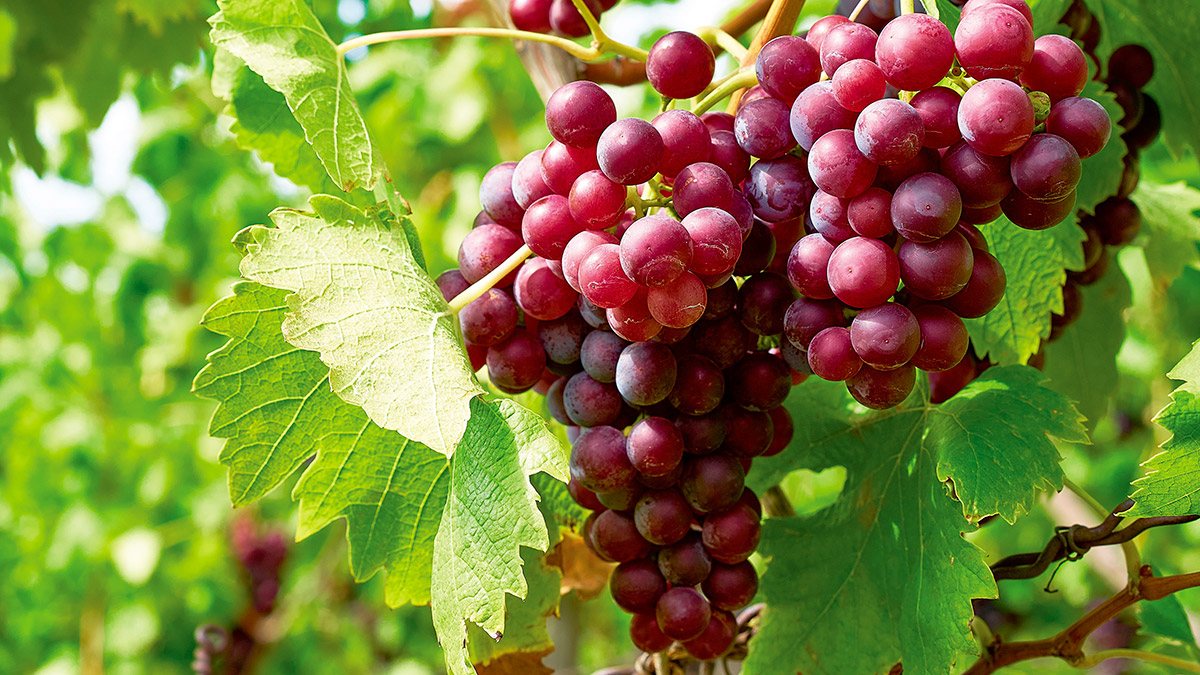
Production losses caused by pathogens, enemies, and abiotic agents (drought, heat wave, etc.) are significant, while the existence of residual plant protection products leads to product quality degradation.
In this grey landscape for viticulture, Konstantinos Aliferis, Assistant Professor of Pesticide Science, Agricultural University of Athens (AUA) and his team are researching the application of biostimulant formulations in the cultivation of Crimson variety table grapes.
The science team is collaborating with the ‘Pigasos’ Agricultural Cooperative and GAIA EPICHEIREIN, testing various formulations in practice, to find out which is most efficient, and to identify the amount and point of growth at which the plant produces the best results.
As Mr Aliferis had stressed to ‘Ypaithros’ in the past that there are many products on the market labelled as biostimulants, but they cannot provide a guaranteed solution on their own. Since their precise action for the producer is not yet known, it is practically difficult to achieve optimum application. Thus, the AUA, in collaboration with AC ‘Pigasos’, which had collaborated in the past on the implementation of programmes, as well as GAIA EPICHEIREIN, which is particularly specialised in the sector of implementing such products, decided to establish the ‘BIO-CRIMSON’ Operational Team and to carry out a series of tests on many such formulations. The results are expected with great interest.
Measure 16
Please note that the programme is co-financed by the European Agricultural Fund for Rural Development ‘EAFRD’, under Measure 16. More specifically, the goal of Sub-measure 16.2-16.2 of Measure 16 ‘Collaboration’, is to contribute to agricultural productivity and sustainability.
This can be achieved by reducing the application of conventional plant protection products and replacing them with more environmentally friendly products, such as biostimulants. This approach is expected to lead to a significant reduction in the required volumes of plant protection products, an increase in yield, and a reduction of residues in the product.
